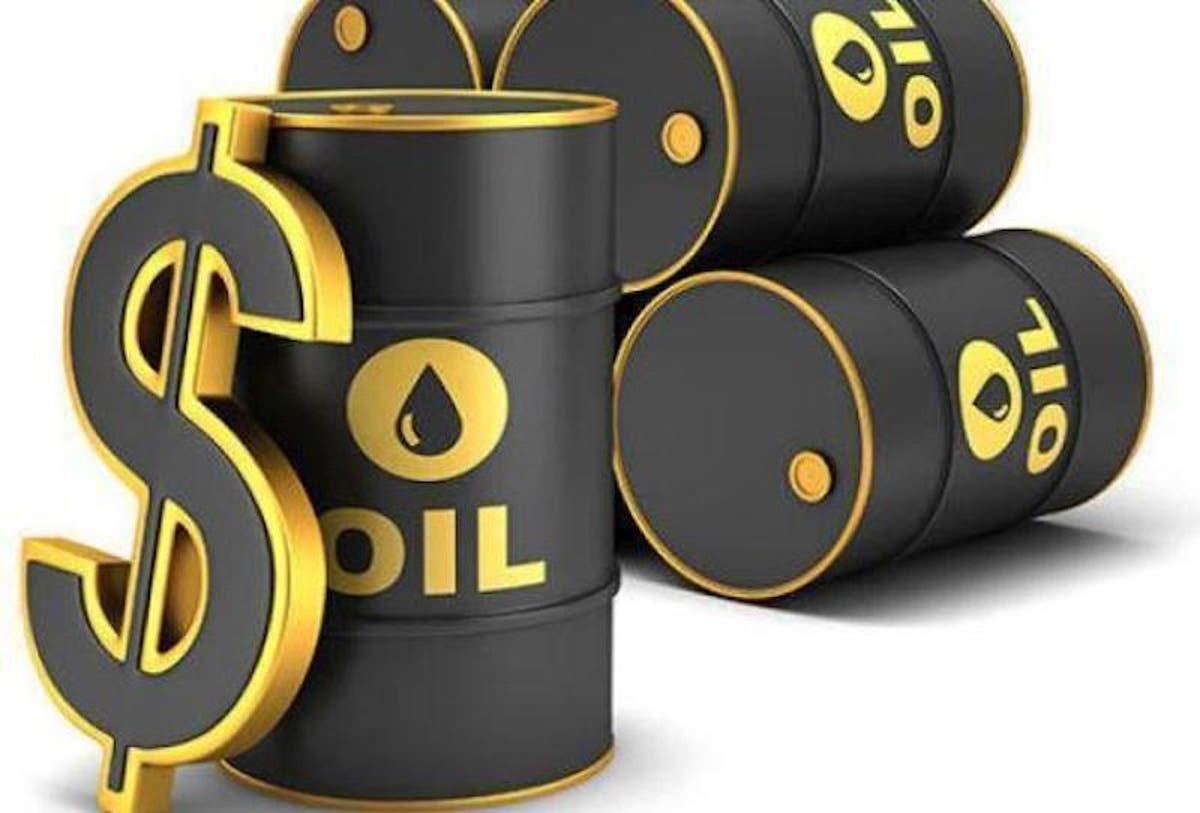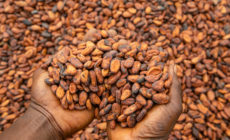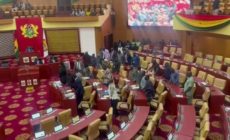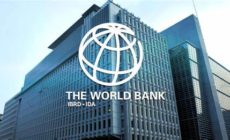World Bank projects oil price of $44 in 2021
- Posted on
- Comment

The World Bank is projecting a lower demand for oil next year, as the global economy recover from the impact of covid-19.
It is also forecasting an average of $44 per barrel of oil price for next year, up from an estimated $41 per barrel 2020.
“While metal and agricultural commodities have recouped their losses from the COVID-19 pandemic and are expected to make modest gains in 2021, energy prices, despite some recovery, are expected to stabilize below pre-pandemic levels next year”, the World Bank said.
This means that the government will have to be modest in its petroleum price forecast for next year.
The government had projected $62 per barrel of crude oil in its 2020 Budget.
The World Bank emphasized that demand is expected to rise only slowly as tourism and travel continue to be held back by health concerns.
“Supply restraint is expected to be eased steadily. Energy prices overall —which also include natural gas and coal—are expected to rebound sizably in 2021, following large declines in 2020, an upward revision from April’s forecast.
“A resurgence of a second wave of the pandemic that results in more lockdowns and less consumption, and delays in vaccine development and distribution, could lead to lower energy prices than forecast”, the Bretton Wood institution pointed out.
Oil prices fell dramatically in the early stages of COVID-19 and have only partially regained pre-pandemic price levels.
The International Monetary Fund had earlier forecast a price of crude oil in the range of 40 to 50 dollars per barrel for next year.
Agriculture prices
Meanwhile, agriculture prices are expected to rise slightly in 2021, following an estimated 3% increase in 2020 following some shortfall in edible oil production.
Concerns about food insecurity remain relevant in several emerging market and developing economies.
These concerns are prompted by hits to incomes from the global recession, bottlenecks in food availability at the local level, and border restrictions that have constrained labor supply.
-Joy










 (Selorm) |
(Selorm) |  (Nana Kwesi)
(Nana Kwesi)